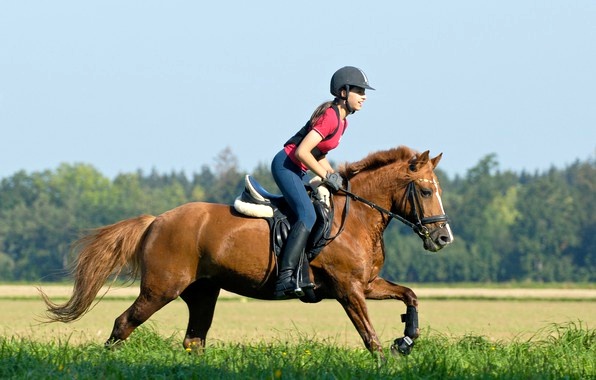Introduction
The riding crop is a tool used by equestrians to give gentle cues to their horses, but some people worry that it might be too harsh and hurt the animal. In this article, we’ll take a look at the facts and research surrounding the use of riding crops to understand if they really do cause pain or discomfort to horses.
What is a Riding Crop?
A riding crop is an accessory used by horseback riders to give gentle cues to their horses. It is usually made of a thin, flexible material such as leather or nylon, with a handle at one end. The crop is often used to tap the horse’s shoulder or flank as a reminder to move forward or to make a turn. In some cases, the crop may be used more forcefully to get a horse’s attention or to encourage a particular response.
What Does the Research Say?
There have been a few studies conducted to determine if the use of a riding crop causes pain or discomfort to horses. In one study, researchers used thermography (a method of measuring temperature) to compare the skin surface of horses that had been hit with a riding crop to those that hadn’t. They found that the skin surface of the horses that had been hit with the crop was slightly cooler than the skin surface of the horses that hadn’t been hit. This suggests that the impact of the crop did not cause any discomfort or pain to the horses.
However, another study conducted by researchers at the University of Edinburgh found that when a riding crop is used on a horse with enough force to cause pain, the horse can show signs of distress. These signs include increased body temperature, increased heart rate, and increased respiration rate.
The Effect of Frequency and Intensity
The frequency and intensity with which a riding crop is used can also have an effect on the horse. Research has shown that when a crop is used with too much frequency or intensity, it can cause the horse to become stressed and anxious. This can lead to a decrease in performance and an increase in the horse’s fear response.
The Role of Training
The use of a riding crop should always be done in the context of training. When used correctly, a riding crop can be an effective tool for teaching horses new behaviors and reinforcing existing ones. However, if a rider does not have the proper knowledge and experience in equestrianism, they should not attempt to use a riding crop.
Conclusion
Overall, the research suggests that riding crops do not cause pain or discomfort to horses when used correctly. However, if the crop is used too frequently or with too much force, it can cause the horse to become stressed or anxious. As such, it is important for riders to be properly trained in the use of the riding crop and use it responsibly.

